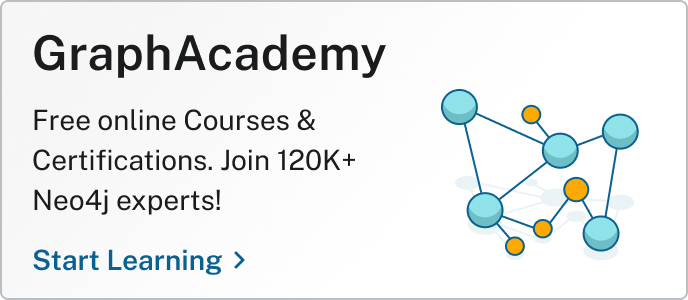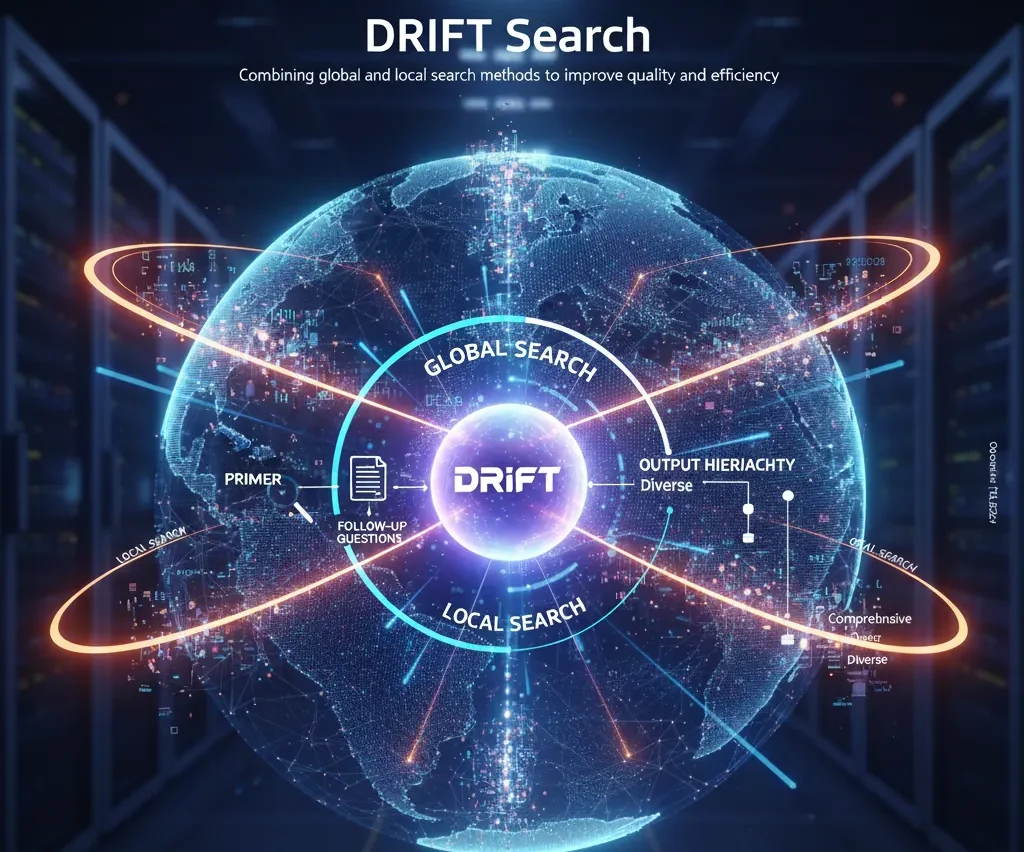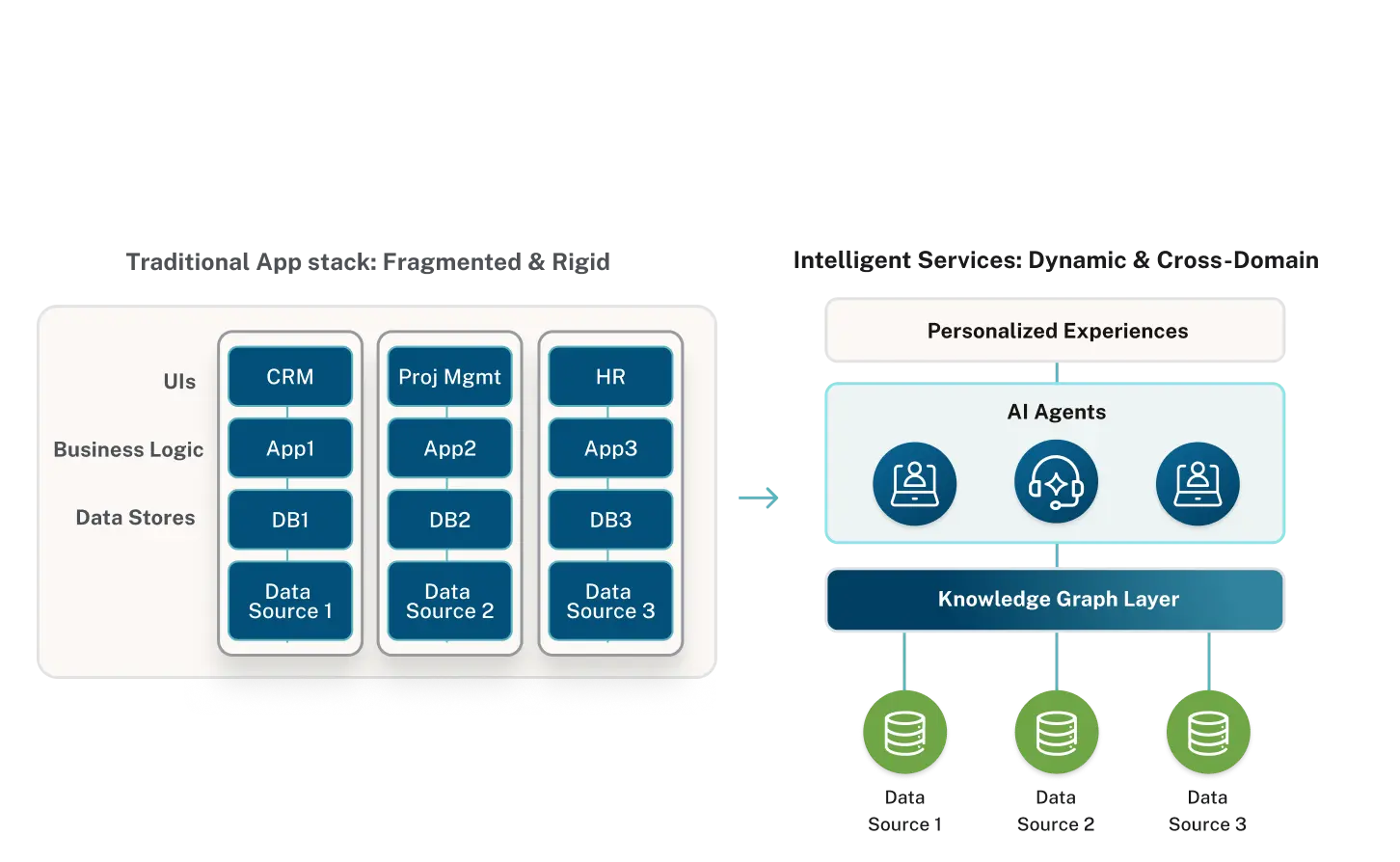Neo4j and Google Distributed Cloud: Bringing Graph Technology to Air-Gapped Environments
5 min read

Neo4j, a premier partner of Google Cloud, is now one of the “Google Cloud Ready – Distributed Cloud” ready-to-use solutions within the Google Distributed Cloud (GDC) air-gapped environment. This environment features an air-gapped marketplace where you can find Neo4j ready to run in your isolated environment. As one of the few independent software vendors (ISVs) to achieve this certification, Neo4j makes it possible for organizations to use graph technology while maintaining complete security and isolation. This collaboration allows enterprises to run advanced graph database workloads on GDC without requiring public internet connectivity.
Challenges in Secure, Air-Gapped Environments
Organizations in regulated industries like finance, government, and healthcare often need to process sensitive data in fully isolated environments. Traditional cloud deployments rely on continuous connectivity to manage infrastructure, services, and APIs, which can create security and compliance challenges. GDC addresses these issues by providing a completely air-gapped solution that doesn’t require connectivity to Google Cloud or the public internet.
With GDC, organizations can meet customers where they are, eliminating the need to migrate compute instances to Google Cloud. This flexibility allows businesses to maintain their existing infrastructures while benefiting from Google’s advanced cloud capabilities in their own environments.
Use Case: Secure Data Processing in a Private On-Premises Environment
Consider a large financial institution that maintains highly sensitive customer data in an on-premises data center. Due to stringent regulatory requirements, data can’t be transferred outside of the private infrastructure. This makes it impossible to use and benefit from cloud-based graph databases.
With GDC air-gapped, the institution can deploy Neo4j Enterprise Edition within its private environment while ensuring full compliance and security. By using GDC, the organization gains access to Neo4j’s powerful graph analytics capabilities without needing to migrate its compute infrastructure or expose sensitive data to external networks.
This approach allows enterprises to use the power of graph databases for fraud detection, risk assessment, and identity verification while maintaining absolute control over their data. No migration is required, and businesses can continue operating in their existing on-premises environments while benefiting from Google’s advanced cloud-native technologies.
Neo4j on Google Distributed Cloud
Neo4j seamlessly integrates with GDC to provide a high-performance, scalable graph database solution. Key benefits of running Neo4j on GDC include:
- Full isolation: Deploy Neo4j in an air-gapped environment with no external connectivity.
- Security and compliance: Meet stringent regulatory requirements by keeping sensitive data fully contained.
- Low-latency insights: Process complex data relationships efficiently without sacrificing performance.
- Hybrid and edge deployments: Use Google Distributed Cloud Edge to deploy Neo4j close to data sources.
Get Started With Neo4j on Google Distributed Cloud
Deploying Neo4j on GDC is a simple, streamlined process that takes just a few clicks.
Step 1: Browse the Google Cloud Marketplace
The Google Cloud Marketplace allows customers to quickly deploy software on the GDC platform. Customers can browse and select partner solutions that fit their organization’s needs. Before proceeding, it’s essential to understand the GDC personas involved and their responsibilities:
Infrastructure Operator (IO)
Has full access to administer the GDC hardware, but not the data or customer applications. Responsible for managing and maintaining the infrastructure, hardware, and security of the operational system.
Platform Administrator (PA)
Manages organization resources, policies, and teams. Interacts with an IO to secure additional bulk resources, get support, plan for upgrades, and request specific configuration changes. Can create and delete clusters on demand for any of the customers.
Application Operator (AO)
Has full access to a set of Kubernetes namespaces within a user cluster assigned by a PA. Interacts with a PA to secure more resources, get policy exemptions, and troubleshoot larger issues.
Ensure that the necessary roles are assigned to your user account and that those roles have the required permissions to deploy applications in your GDC environment. This step is crucial for successful installation and proper functioning of the software.
Step 2: Select “Neo4j Enterprise Edition for Kubernetes (BYOL)”
You will see “Neo4j Enterprise Edition for Kubernetes (BYOL).” To proceed, you need an enterprise license from Neo4j. For a trial license, contact ecosystem@neo4j.com. Additionally, Google Cloud Marketplace offers various programs such as Marketplace Channel Private Offers and migration programs to help customers get started with Neo4j on Google Cloud Platform.

Step 3: Click “INSTALL”
On the next screen, click on the INSTALL button to begin the deployment process.

Step 4: Choose a User Cluster
Select a user cluster that meets your needs. A typical cluster size is three nodes, but Neo4j can assist with right-sizing.
For customers seeking a fully managed experience, Neo4j Cloud Managed Services (CMS) is available. CMS is a white-glove service offering that includes public and private cloud infrastructure support, as well as Neo4j product support. This service is ideal for enterprises that want the benefits of cloud deployment while maintaining configurability and control.

Customizing Your Deployment
Before deploying Neo4j, you have the option of customizing your configuration. This allows you to tailor the deployment to your specific needs and security requirements. During the deployment process, you’ll be able to configure settings such as the Neo4j database password, your Neo4j Enterprise license key, and other options.

Step 5: Deploy Neo4j
Click INSTALL, and within a few minutes, Neo4j Enterprise Edition will be ready to use. You can then access your Neo4j database and start building graph-powered applications.

Watch the video below to see how easily you can install Neo4j in your air-gapped GDC environment in just a few clicks, following the steps outlined above.
Google Cloud Marketplace Availability
Google is making significant progress in expanding the Google Cloud Marketplace for GDC, paving the way for ISVs like Neo4j to sell their solutions directly to customers. In the meantime, if you need an enterprise or trial license from Neo4j, or to learn more about the benefits of Neo4j Enterprise Edition, please contact ecosystem@neo4j.com.
A Critical Step for Graph Analytics in Isolated Environments
Neo4j’s partnership with Google Cloud and its integration with Google Distributed Cloud marks a significant step toward enabling secure, high-performance graph analytics in fully isolated environments. Enterprises can now build and deploy powerful graph-based applications while adhering to strict compliance requirements.
To learn more about Neo4j on Google Cloud, visit the Neo4j Google Cloud Partnership page. Please email ecosystem@neo4j.com with any questions.











